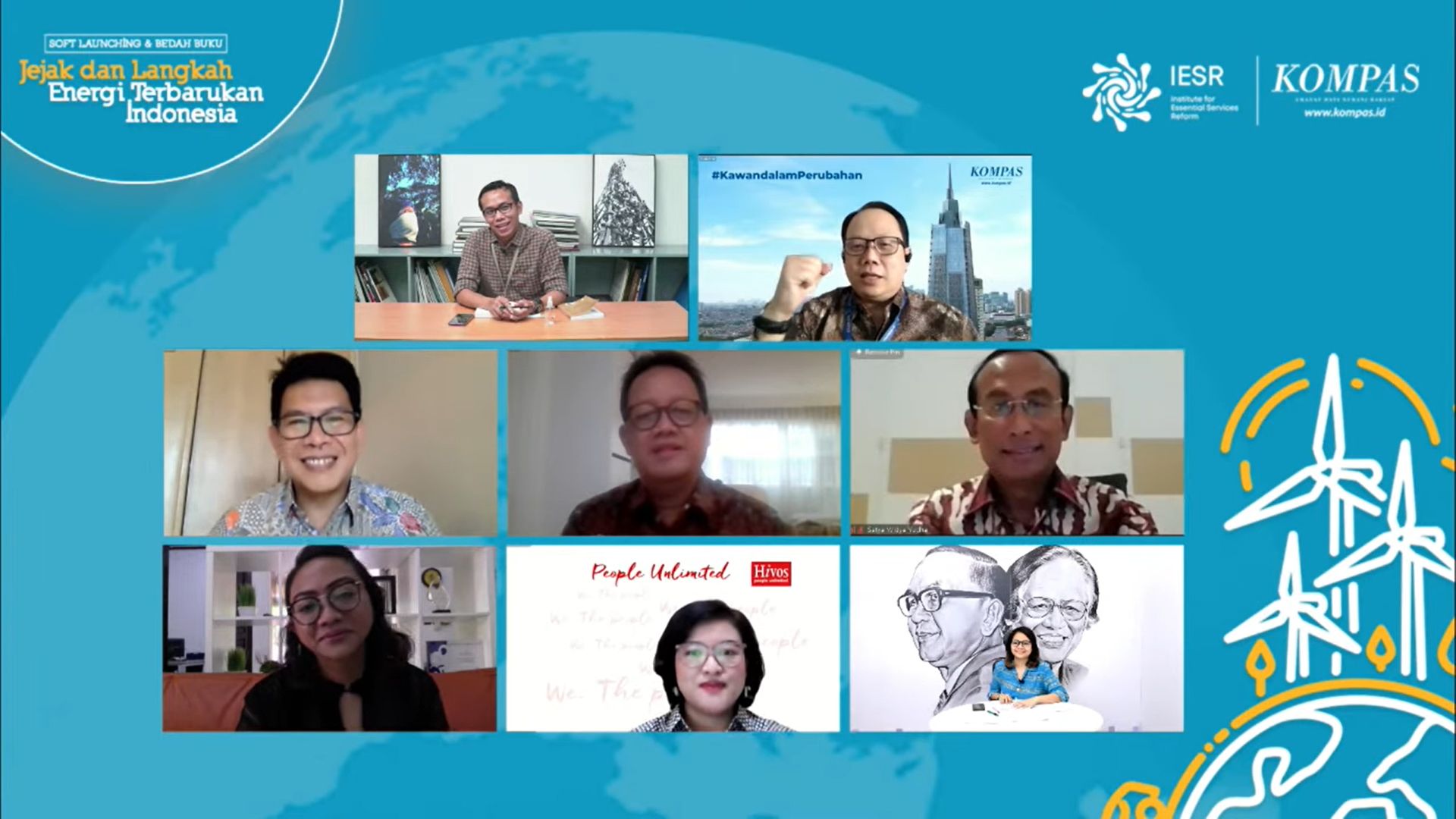Background
The diplomatic relations between the Republic of Indonesia and the Republic of Korea have been established since 1973. Since then, the two countries have continued to increase and improve their relations through bilateral, regional, and multilateral cooperation (Embassy of The Republic of Indonesia in Seoul), e.g. The ASEAN – Korea Free Trade Agreement (AKFTA),…

Jakarta, 27 April 2021 - Indonesia can protect the earth from carbon emissions by encouraging the acceleration of renewable energy development. The urge for the government to be more confident, courageous, and ambitious in developing clean energy was voiced in the discussion and book soft-launching "Footprints and Pathway for Indonesia's Renewable Energy" by Kompas journalists…
